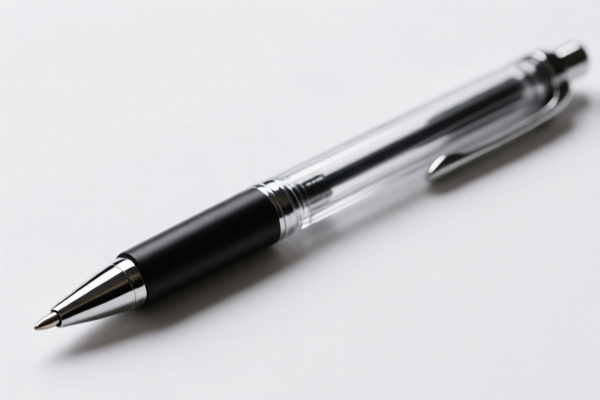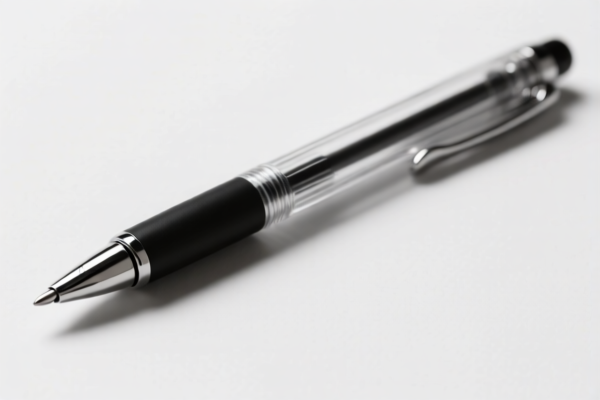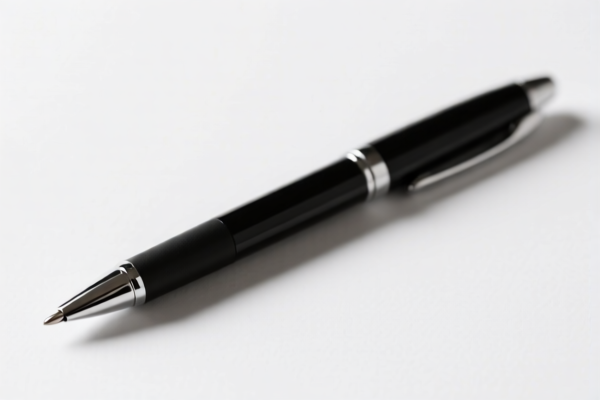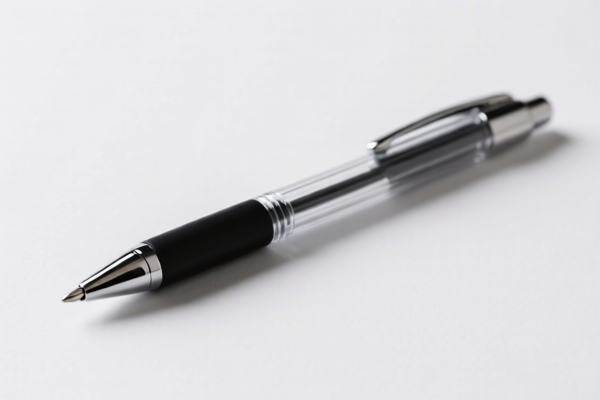| HS Code | Official Doc | Tariff Rate | Origin | Destination | Effective Date |
|---|---|---|---|---|---|
| 9608101000 | Doc | 3.70% | CN | EU | 2025-05-12 |
| 9608990000 | Doc | 2.70% | CN | EU | 2025-05-12 |




笔 (bǐ)
A pen is a writing instrument used to apply inks to a surface, usually paper, for writing or drawing.
History
Early writing instruments included reeds, quills, and styluses. The modern fountain pen emerged in the 19th century, and the ballpoint pen became popular in the 20th century.
Materials
Pens are constructed from a variety of materials, including:
- Plastic: Common for disposable pens and pen bodies.
- Metal: Used for higher-quality pens, often brass, steel, or aluminum. Precious metals like gold and silver are used in luxury pens.
- Wood: Historically used for pen barrels and still used in some specialized pens.
- Ink: Water-based, oil-based, gel, or specialized inks for different purposes.
Purpose
The primary purpose of a pen is to create marks on a surface for communication, documentation, artistic expression, or personal use.
Function
Pens function by delivering ink from a reservoir to a writing point through gravity, capillary action, or mechanical means.
Usage Scenarios
- Writing: Taking notes, signing documents, composing letters.
- Drawing: Sketching, illustrating, calligraphy.
- Artistic Expression: Ink washes, detailed artwork.
- Technical Drafting: Precise line work, architectural plans.
Common Types
- Ballpoint Pen: Uses a small rotating ball to dispense ink. Known for reliability and affordability.
- Fountain Pen: Uses a nib to deliver ink from a reservoir. Offers varied line widths and a smoother writing experience.
- Gel Pen: Uses gel ink, which is thicker and more vibrant than ballpoint ink.
- Rollerball Pen: Uses water-based ink and a rolling ball, offering a smoother writing experience than ballpoint pens.
- Marker: A pen with a porous tip, used for writing or drawing with bold lines. Permanent and non-permanent varieties exist.
- Stylus: Often used with touch screen devices, but can also refer to traditional writing instruments.
- Dip Pen: Requires dipping the nib into ink. Offers control over line variation and ink flow.
- Brush Pen: Uses a flexible brush tip to apply ink, often used for calligraphy and artistic purposes.
根据您提供的“笔”的信息,以下是相关HS编码的解释:
- 9608.10.10.00: 描述为“Miscellaneous manufactured articles -> Miscellaneous manufactured articles -> Ballpoint pens; felt-tipped and other porous-tipped pens and markers; fountain pens, stylograph pens and other pens; duplicating stylos; propelling or sliding pencils; pen-holders, pencil-holders and similar holders; parts (including caps and clips) of the foregoing articles, other than those of heading 9609 -> Ballpoint pens -> With liquid ink (rolling ball pens)”。税率详情为3.70%,总税率为3.70%。此编码适用于带有液体墨水的滚珠笔。
- 9608.99.00.00: 描述为“Miscellaneous manufactured articles -> Miscellaneous manufactured articles -> Ballpoint pens; felt-tipped and other porous-tipped pens and markers; fountain pens, stylograph pens and other pens; duplicating stylos; propelling or sliding pencils; pen-holders, pencil-holders and similar holders; parts (including caps and clips) of the foregoing articles, other than those of heading 9609 -> Other -> Other”。税率详情为2.70%,总税率为2.70%。此编码适用于其他类型的笔,不包括滚珠笔。
根据提供的参考资料,与“笔”相关的HS编码选项有限,仅找到以下两种。
Customer Reviews
这个网站在查找HS编码方面简直是救星。对9608101000的3.70%关税率的清晰解释让一切变得如此简单。
这个页面内容很详尽,但我需要花费一些时间才能找到我圆珠笔的准确HS编码。添加一个搜索栏将是个不错的改进。
关于HS编码9608990000的信息非常有帮助。2.70%的关税率使我的产品线成本计算变得更加容易。
关于笔的HS编码9608101000的详细解释非常棒。3.70%的关税率正是我制定欧盟出口计划所需要的。
这个页面让理解出口塑料门5%的关税率变得容易。对于从事该行业的人来说,这绝对是必访的页面。